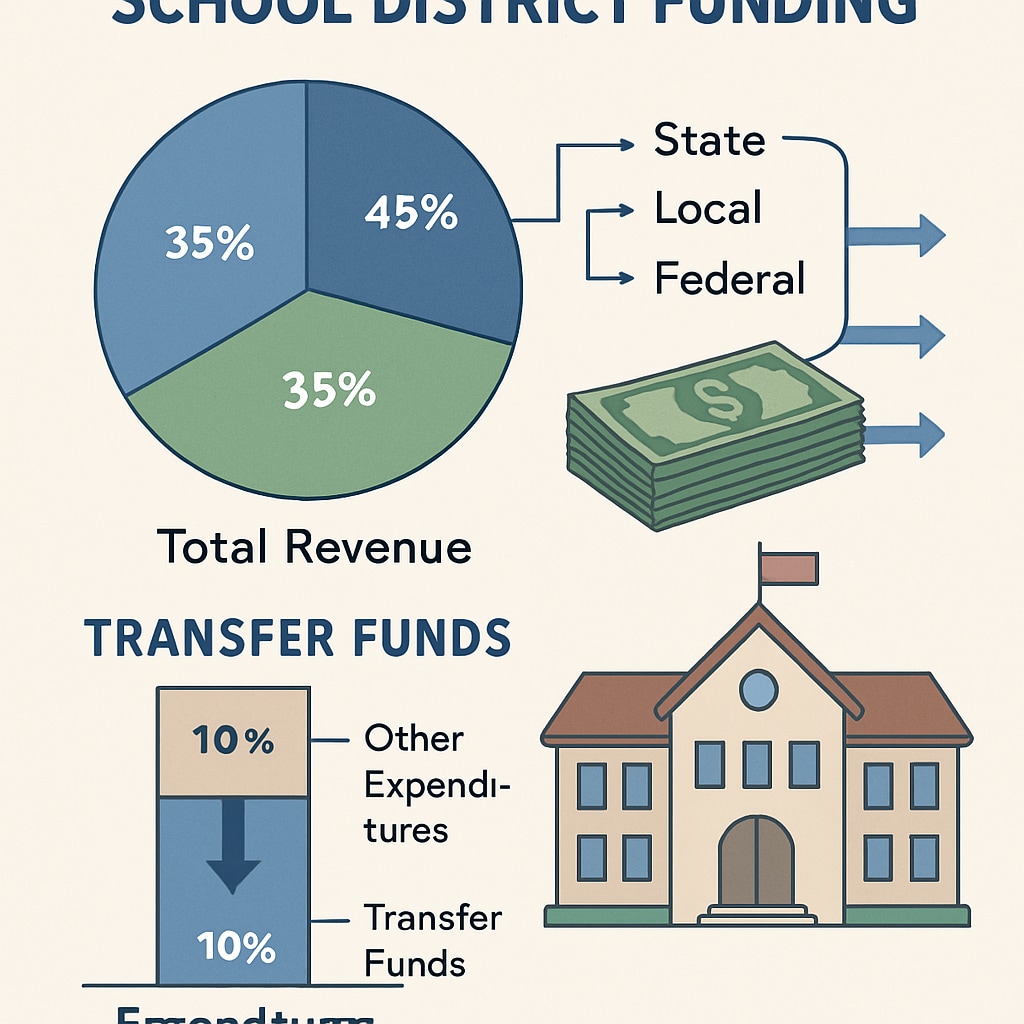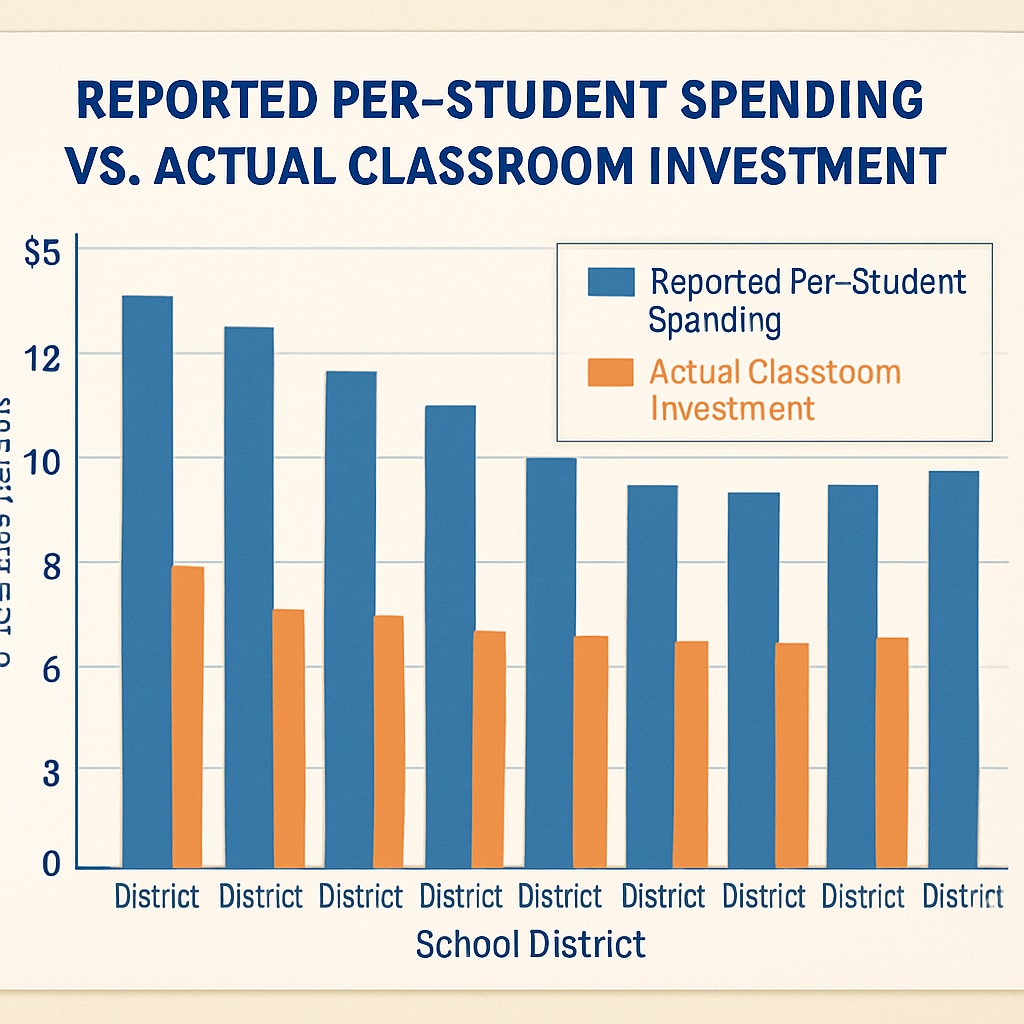When evaluating school budgets, metrics such as “per-student spending” often serve as key indicators of educational investment. However, the mechanism of transfer funds can significantly impact the accuracy of these statistics, creating a misleading picture of how resources are distributed. In this article, we will delve into how transfer funds function, their implications for per-student spending data, and the broader consequences for education equity and policy-making.

Understanding the Mechanics of Transfer Funds
Transfer funds are financial allocations that school districts move between various programs, departments, or even other districts. These transactions are often categorized under administrative or operational costs, but they can also include funds earmarked for specific initiatives such as special education or extracurricular activities. While this flexibility can help address immediate needs, the practice of transferring funds often inflates the reported per-student spending figures without actually increasing the resources available to students.
For example, a district may report higher per-student spending due to administrative transfers, but the actual classroom investment remains unchanged. This discrepancy creates a gap between reported spending and tangible educational outcomes.
How Transfer Funds Distort Per-Student Spending Data
Transfer funds can obscure the true allocation of resources in several ways:
- Artificial Inflation: By reallocating funds internally, districts can report higher per-student spending without increasing direct investments in classrooms, teachers, or materials.
- Lack of Transparency: These transactions are often buried in budget reports, making it difficult for stakeholders to understand where funds are actually being used.
- Unequal Distribution: Funds may be disproportionately allocated to certain programs, leaving others underfunded despite overall spending figures appearing robust.

The Broader Implications for Education Equity
The distortion of per-student spending data through transfer funds has far-reaching consequences:
- Misleading Policy Decisions: Policymakers rely on accurate data to allocate resources and address inequalities. Inflated figures can lead to misguided policies that fail to address actual needs.
- Reduced Accountability: When budgets lack transparency, it becomes challenging to hold districts accountable for equitable resource distribution.
- Impact on Education Equity: Students in underfunded programs or schools may face significant disadvantages, perpetuating cycles of inequality.
To address these issues, stakeholders must advocate for greater transparency in budget reporting and ensure that per-student spending metrics accurately reflect direct investments in education. For more on how systemic factors influence education outcomes, visit Education on Britannica.
Conclusion: Moving Toward Accurate Metrics and Fair Allocation
Transfer funds are a useful tool for managing school budgets, but their misuse can lead to distorted statistics that mask the true state of educational investment. By prioritizing transparency and equity, districts can ensure that per-student spending data reflects real resource allocation and supports informed policymaking.
Ultimately, accurate data is essential for addressing disparities and promoting education equity. For further reading, see Education Policy on Wikipedia.


